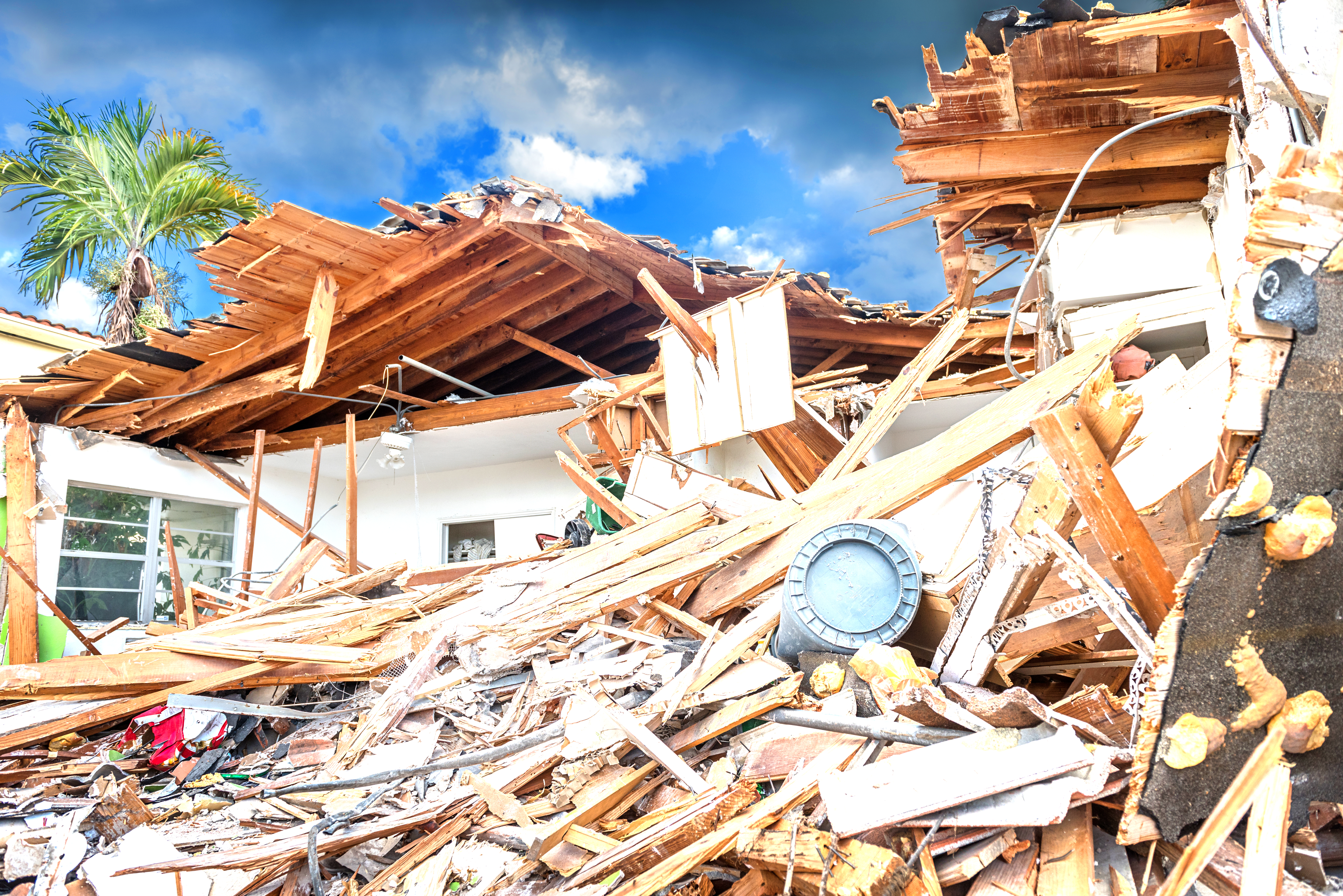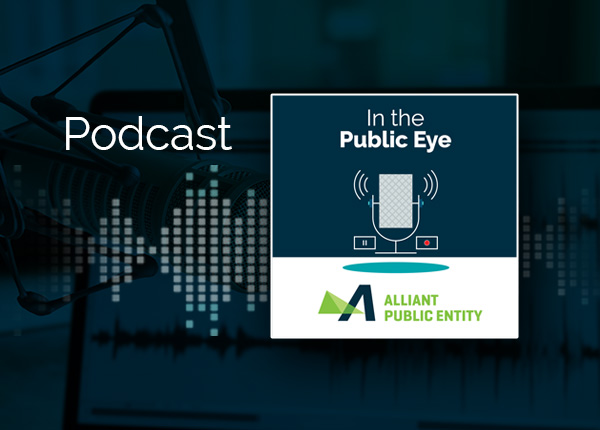
Hilary & El Niño
By Ali Syed
Listen to Audio Version:
Executive Summary:
The ongoing strong El Niño event, historically the strongest, poses unique considerations for Southern California. This document provides an overview of the impact of El Niño on Eastern Pacific cyclone activity, the interplay with climate change, and the vulnerability of Southern California's earthquake-resistant building stock to hurricane-strength winds.
I. El Niño Impact on Eastern Pacific Cyclones:
Warmer Sea Surface Temperatures: Encourages cyclone formation and intensification. Altered Wind Patterns: Lowers wind shear, further promoting cyclone development. Shift in Storm Tracks: More eastward track increases risk near West Coast.
II. Climate Change Considerations:
- Increased Global Ocean Temperatures: Potentially creates a more favorable environment for cyclones.
- Potential for More Extreme El Niño Events: May lead to increased cyclone activity.
- Complex Interactions: Climate change alters atmospheric patterns, possibly interacting with El Niño in unforeseen ways.
III. Vulnerability of Southern California Buildings:
- Structural Design: Focus on seismic resistance may leave buildings unprepared for hurricane winds, especially uplift forces, and wind-borne debris.
- Building Materials & Construction: Potential weaknesses in roofs, windows, and other components.
- Surrounding Environment: Risk of debris and urban flooding.
- Building Codes: Primarily geared towards seismic resilience, possibly lacking wind-specific provisions.
IV. Rarity of Hurricane Landfalls in California:
- Historical Anomaly: California's unique meteorological conditions make hurricane landfalls highly rare; the last significant event was in 1858.
- Scientific Agreement: Current scientific understanding suggests that direct hurricane landfalls remain unlikely in California. Although climate change and stronger El Niño events may alter cyclone patterns, consensus does not indicate a substantial increase in landfall probability.
V. Recommendations:
- Conduct Vulnerability Assessments: To identify specific weaknesses.
- Adopt a Multi-Hazard Approach: For risk modeling, consider combined seismic and wind loads.
- Collaborate with Experts: To develop accurate risk models.
- Tailor Insurance Products: To recognize unique risks in Southern California.
Conclusion:
The rare but plausible scenario of hurricane-strength winds impacting Southern California during this extraordinary El Niño requires careful attention. Understanding these risks and vulnerabilities will equip us to field industry questions, develop tailored insurance solutions, and contribute to building resilience in a region unaccustomed to such weather phenomena.
For more information please visit Alliant Disaster Recovery.
Alliant note and disclaimer: This document is designed to provide general information and guidance. Please note that prior to implementation your legal counsel should review all details or policy information. Alliant Insurance Services does not provide legal advice or legal opinions. If a legal opinion is needed, please seek the services of your own legal advisor or ask Alliant Insurance Services for a referral. This document is provided on an “as is” basis without any warranty of any kind. Alliant Insurance Services disclaims any liability for any loss or damage from reliance on this document.



